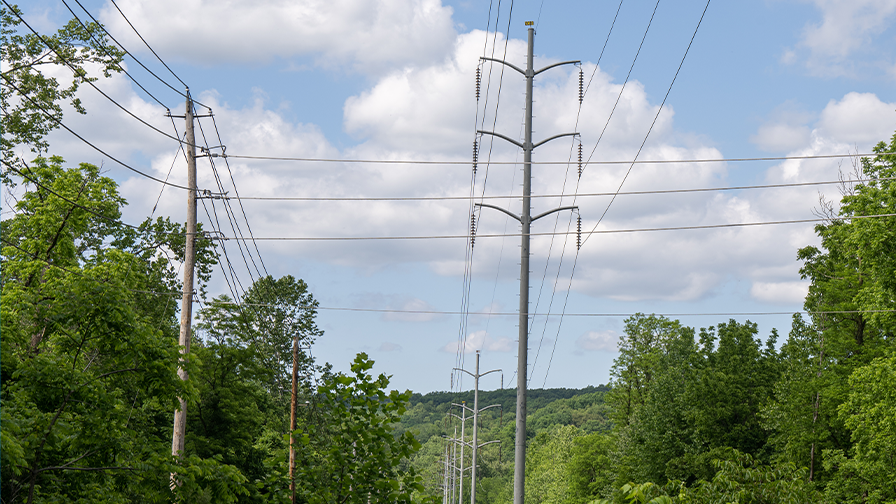Five-Minute Meeting: Secondary Services
Five-Minute Meeting: Secondary Services
Five-Minute Meeting: Secondary Services
On a daily basis, we talk about primary voltages and the MAD — minimum approach distance — associated with these primary lines, however, we fail to give our respect and attention to secondary wires. There are serious safety concerns when it comes to a line strick or outage involving secondary services and it is important to be mindful of them.
Secondary wires are responsible for carrying voltage and amperage that is reduced from primary voltage by transformers. These wires power streetlights, houses, buildings, and other types of end-users, making them crucial to the power grid. In the past, secondary wires were constructed just like primaries were, as open-wire with a smaller diameter twisted or second-strand conductors. However, today secondaries are twisted and pre-manufactured. These are either triplexes, which contain three conductors with a neutral for residential service drops of 240 volts, or quadplexes, which contain four conductors with a neutral for commercial service drops of various voltages, but most commonly 480 volts.
Line Clearance Arborists and Secondary Services Lines
The American National Standards Institute (ANSI) created a Minimum Approach Distance (Z133 Table 3) for line clearance arborists, which outlines the minimum approach distances for residential and commercial secondary wires. They are as follows:
- For 0.050 kilovolt (kV) to 0.300kV or 50 V to 300 V: Regardless of elevation, avoid contact.
- For 0.301kV to 0.750 kV or 301 V to 750 V: At an elevation of 0-5,000 feet, stay back 1 foot and 2 inches. At an elevation of 5,000-10,000 feet, stay back 1 foot and 4 inches. At an elevation of 10,000-14,000 feet, stay back 1 foot and 6 inches.
In our industry, when the word “avoid” is used, it generally draws up some confusion. People think it means the same thing as “avoid potholes in the road” but it truly means that, while there is no specific minimum approach distance, touching these 50 V to 300 V conductors is prohibited. Following the minimum approach distance for secondaries is crucial to the safety of line clearance arborists, and encroaching on the distances will be treated as seriously as any other MAD violation.
The Purpose of Minimum Approach Distances
While many people believe that MADs just indicate how close you can get to lines, these guidelines also determine at what distance and instances insulated tools need to be used. For example, if there are tree parts that are outside of the MAD, but still close enough to potentially touch, insulated tools should be used and if any tree part is within the MAD, regardless of size, an insulated tool must be used.
Trimming Secondary Services Lines
Secondary lines are generally much closer to tree parts than primary lines. Due to their location, when secondary services are being maintained, they are trimmed with pole pruners and similar tools. When assigned to trim near secondaries, it is important to follow these steps:
- Inspect work location carefully to locate secondary lines that are hidden by leaves, needles, or branches
- Inspect your insulated tool to ensure it is in proper working condition—this could save your life
- Give yourself the time to work slowly and stay focused enough to evaluate every cut you make
- Understand that when working at or within the minimum approach distance, 100% of your attention needs to be directed toward the task at hand
Secondary lines are commonly found near tree branches and it is crucial to the safety of line clearance arborists to be aware of the potential dangers and MADs required by each kind of line. This knowledge will prevent injuries and deaths in the utility line management industry for those who are completing jobs on secondary services.
Related Articles
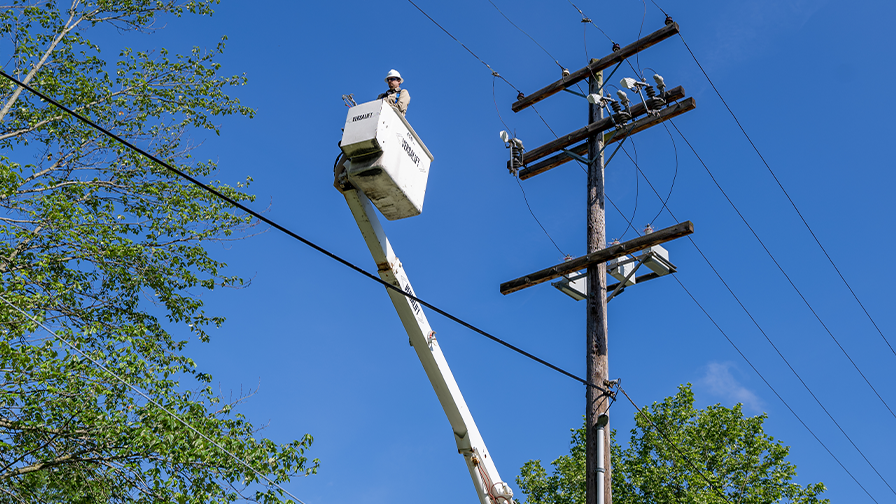
Five-Minute Meeting: Working Around Secondary Wires and Low Voltage Lines Though the American National Standards Institute (ANSI) Z133 allows us to “avoid contact” with secondary lines or those under 750 volts, we need to exercise caution around these lines because they carry lethal voltage. Secondaries have lower voltage than primaries. We can distinguish them by[...]
Read More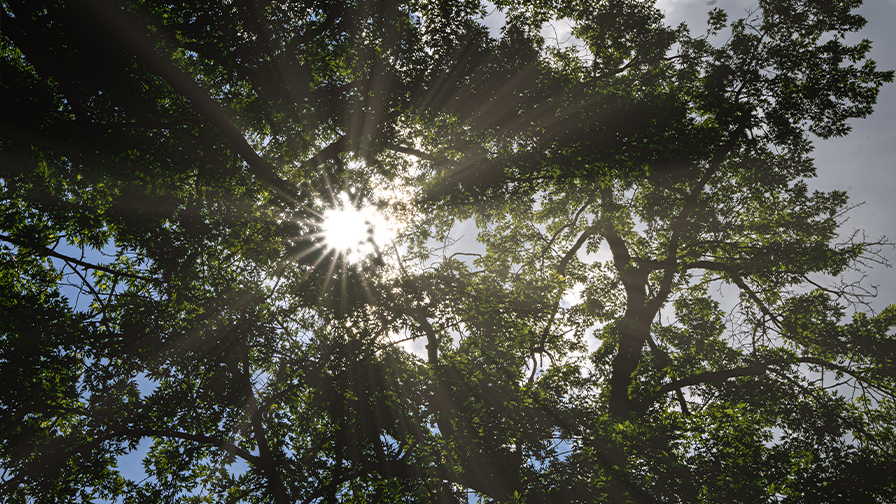
Five-Minute Meeting: Working Overhang When conducting pruning operations, even for small branches, the best practice is to remove branches in a “total branch control” manner using ropes or by reducing the size of the branch you are cutting into a much smaller piece. In a weekly kick-off safety meeting, a utility noted a situation that[...]
Read More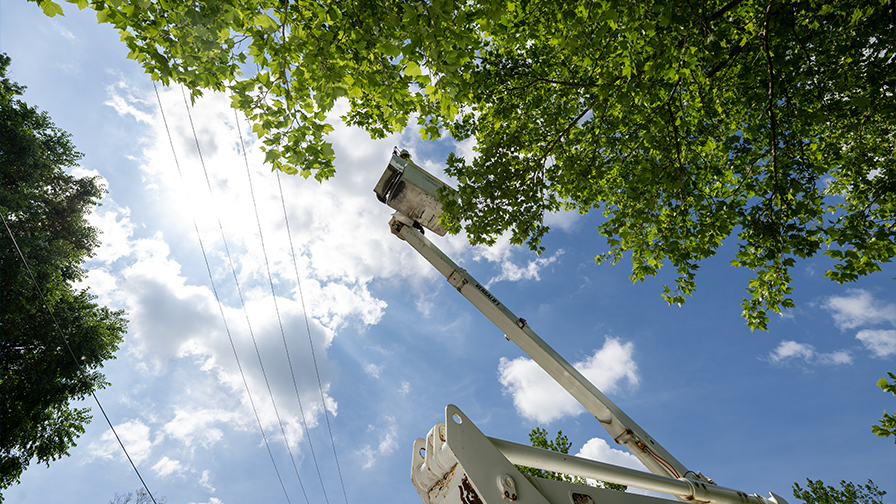
Aerial lifts cannot touch energized lines and arborists must be aware of minimum approach distance (MAD). Learn more.
Read More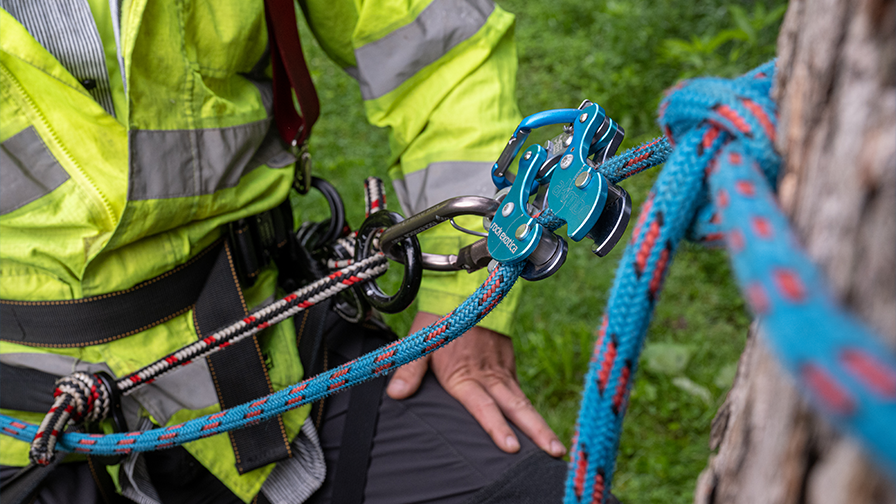
Wear, tear, and other damage to equipment can present safety hazards in the field. Equipment maintenance can prevent these safety hazards from arising and is essential for continued safe work with that equipment.
Read MoreSUBSCRIBE
Subscribe to our mailing list to receive updates.
Categories
Recent Posts
- How-To: Learning Knot Basics 02th Aug 2018
- How-To: Tying a Stopper knot 07th Aug 2018
- How-To: Selecting the Right Safety Vest 21th Aug 2018
- How-To: Tying a Slip Knot 04th Sep 2018
- How-To: Inspecting Your Snaps 18th Sep 2018
Training the Next Generation
All our classes are built on industry safety practices. Ready to start learning?
